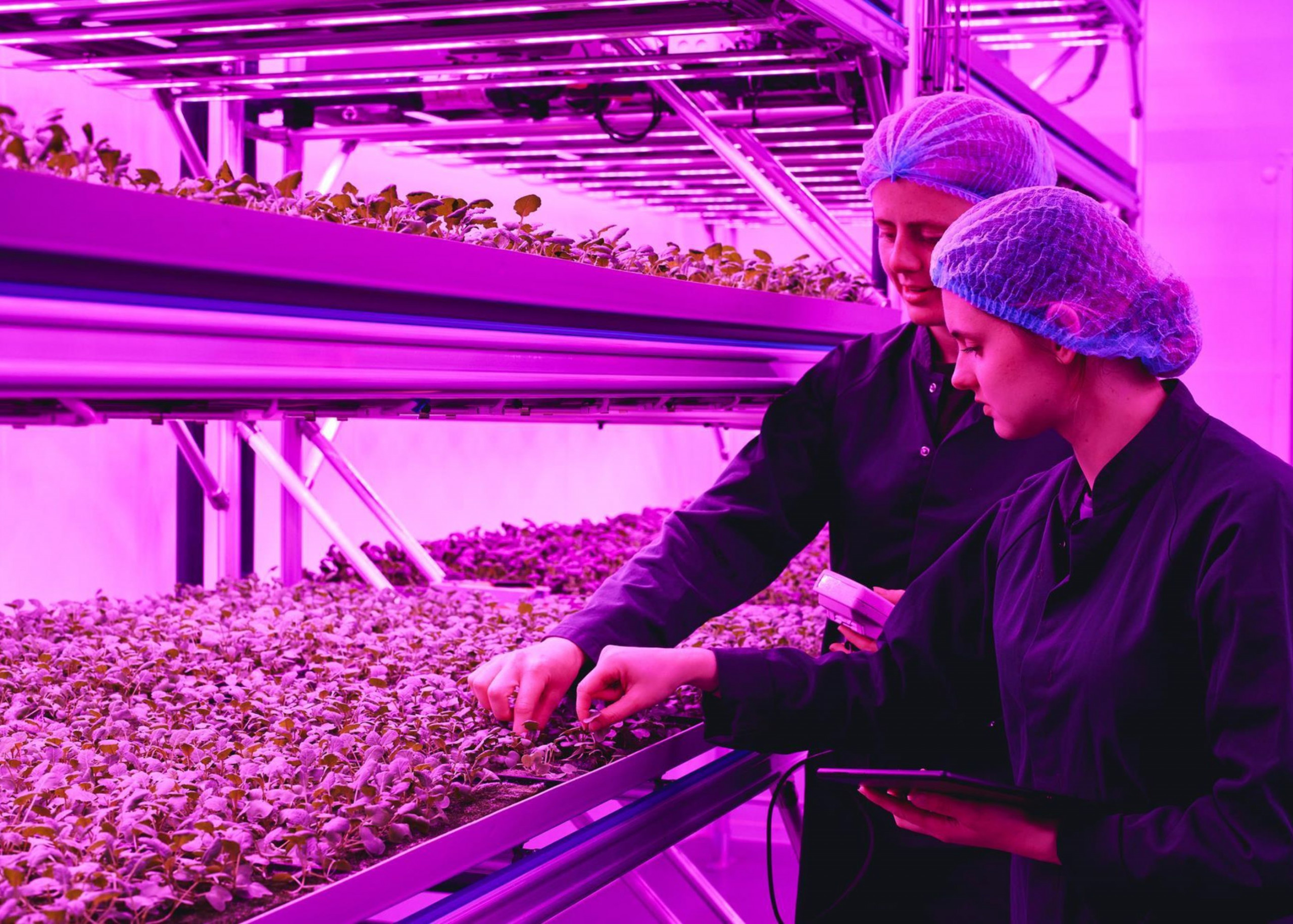News in Brief:
– Afghanistan’s food security shows improvement thanks to FAO’s large-scale aid like distributing seeds and fertilisers.
– Challenges remain as millions still face hunger, drought persists, and farmers need help shifting to higher-value crops for long-term food security.
Afghanistan’s food security situation is showing signs of improvement, thanks in part to a massive humanitarian effort by the Food and Agriculture Organization (FAO) of the United Nations.
However, the crisis is far from over, with millions still struggling to put food on the table as a progress report reveals.
A recent visit by Alexander Jones, a veteran agricultural journalist, to Afghan farming communities in Kapisa, Kandahar, and Helmand provinces revealed a complex situation.
While food security has improved compared to previous years, challenges abound. Farmers grapple with income loss, displacement due to conflict, and a recent influx of returnees from Pakistan.
The ever-present threat of climate change further complicates the picture. Years of drought have severely impacted water resources.
FAO is playing a critical role in supporting Afghan agriculture. Last year alone, the organisation claimed to have reached over 10 million farmers with essential supplies like wheat seeds, fertilisers, and animal vaccines. Additionally, cash-for-work programs involving the construction of check dams are helping to improve water infiltration and recharge groundwater levels.
While immediate needs are being addressed, the FAO recognises the importance of long-term solutions. One key area of focus is helping farmers transition to higher-value crops like pomegranates, grapes, and vegetables. This shift can increase income and improve food security, but challenges like access to cold storage, markets, and proper packaging need to be addressed.
A call for investment in anticipatory action
Farmers themselves are actively seeking solutions. During his visit, Jones noted that in every village meeting, farmers requested water management solutions, solar drying facilities, and improved market access.
Investing in anticipatory action, such as preventative measures against livestock diseases, is crucial for building long-term resilience. FAO’s recent success in controlling a lumpy skin disease outbreak highlights the importance of preparedness.
While security has improved significantly in Afghanistan, allowing for better humanitarian access, Jones noted a sense of disappointment at the lack of overall progress in the past two decades. The unsustainable use of solar-powered groundwater pumping for irrigation threatens future water security.
The journey towards food security in Afghanistan is far from over. However, the combined efforts of the FAO, Afghan farmers, and the broader humanitarian community offer a glimmer of hope for a more stable and food-secure future.


